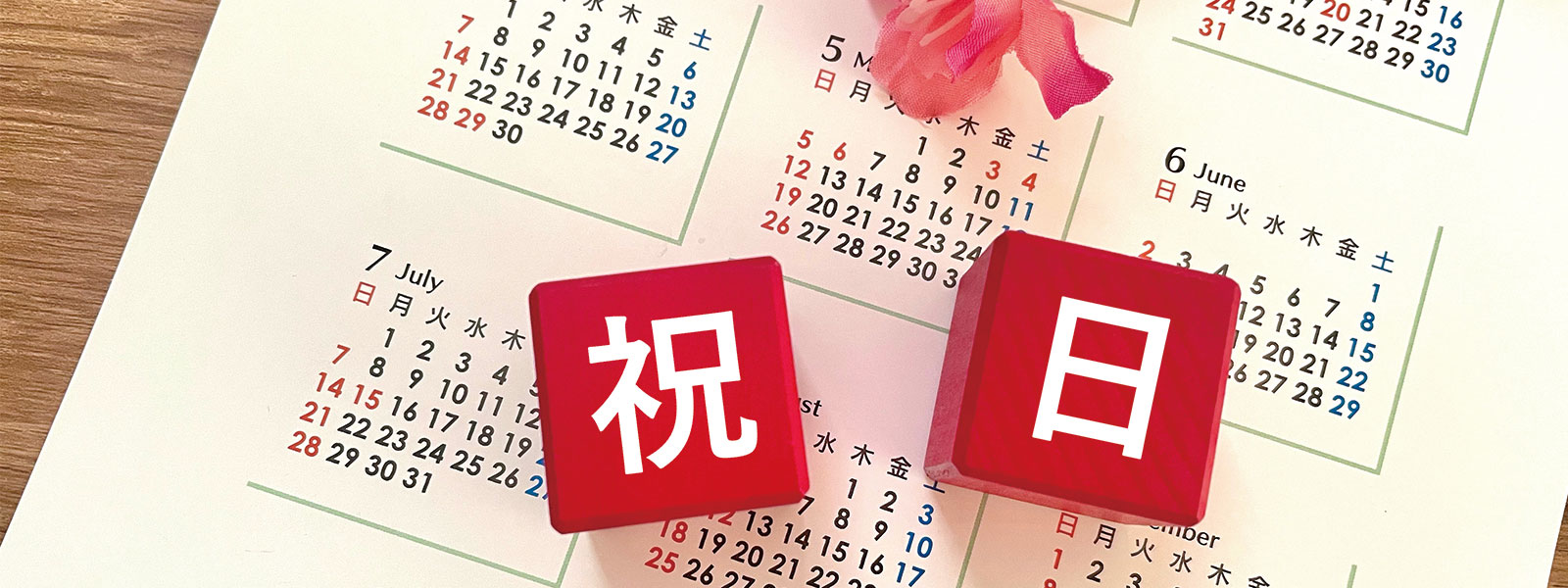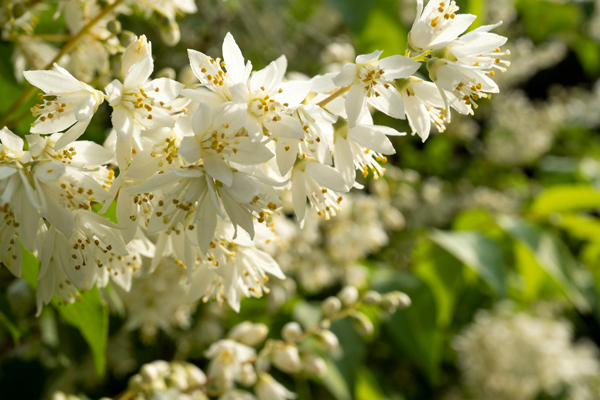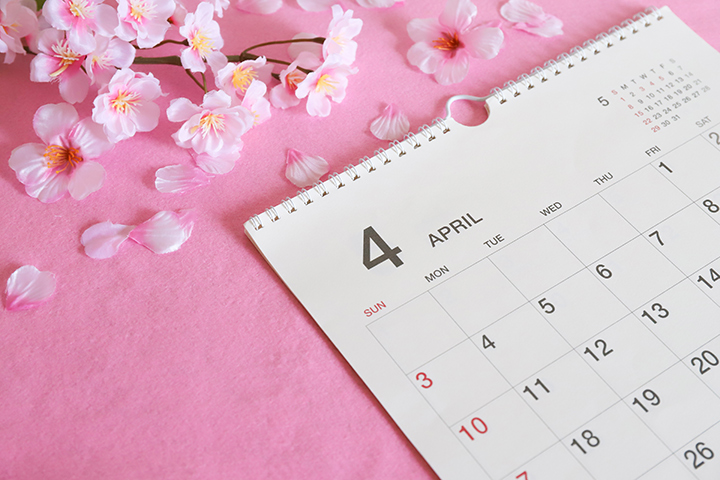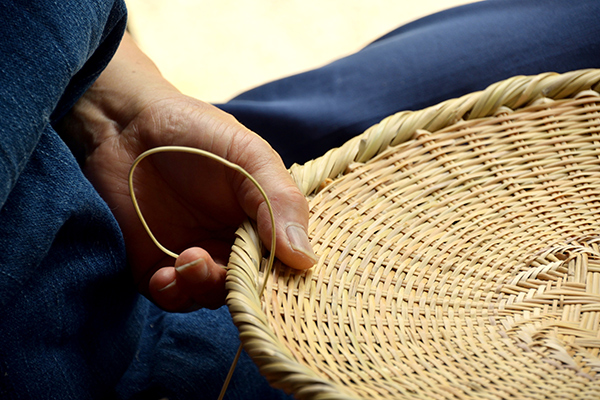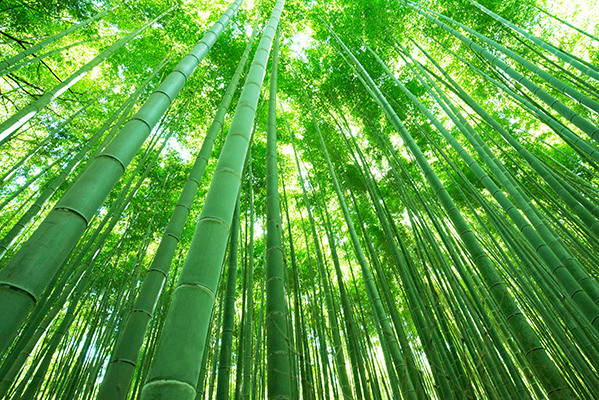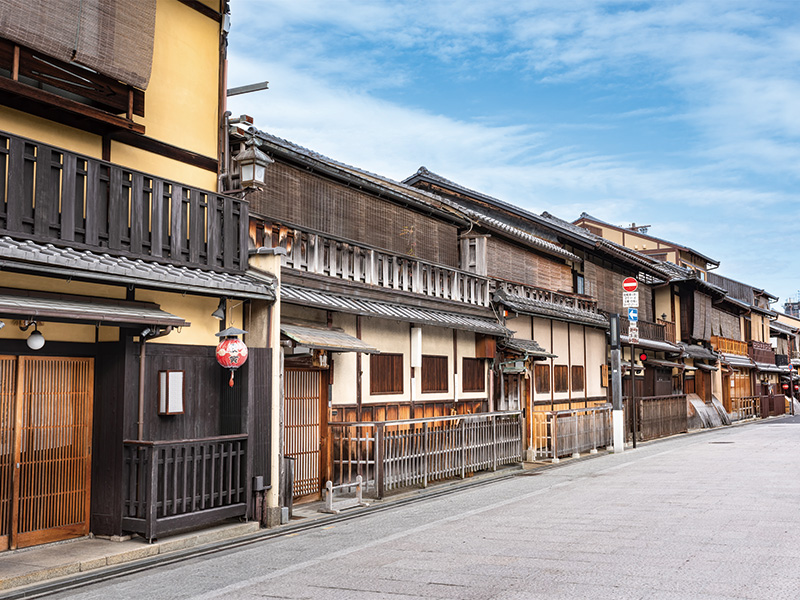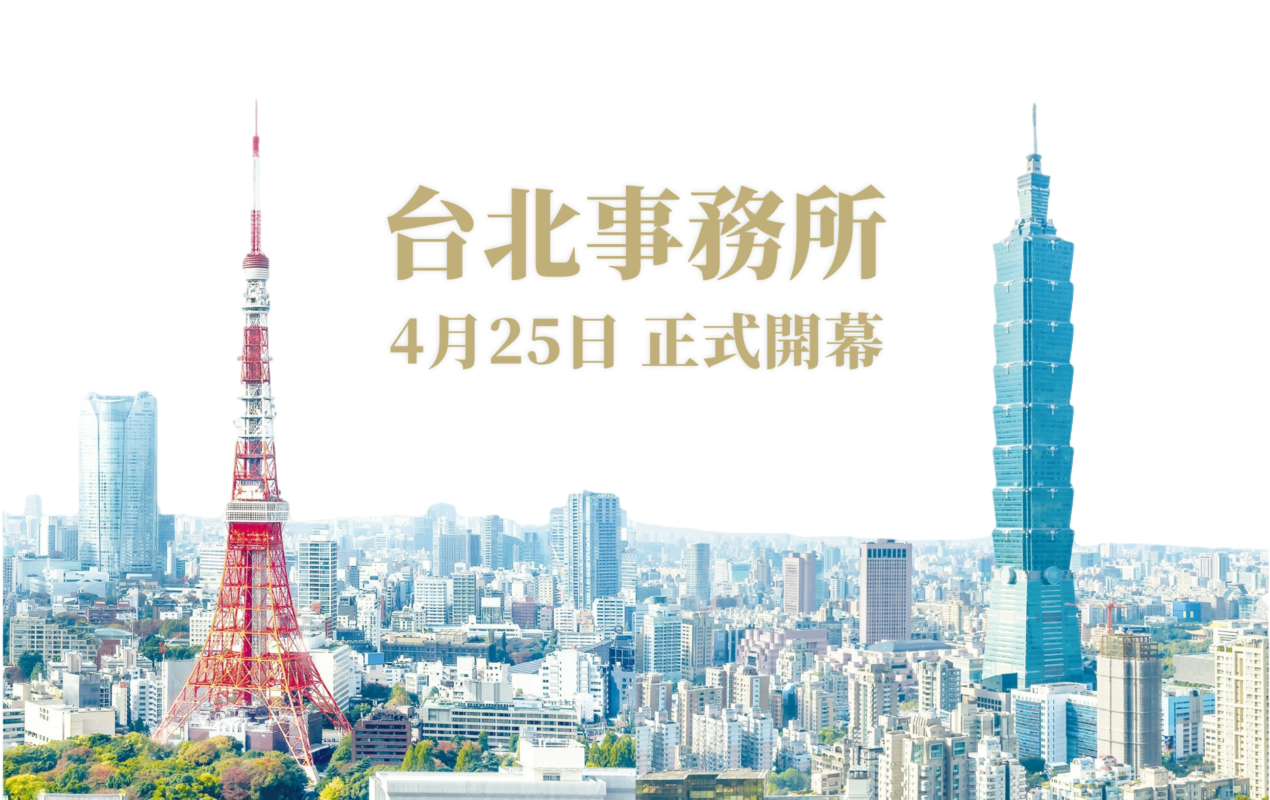Winter in Japan, Spring in Asia—Exploring Global Holidays and Their Differences in February
February marks the end of winter in Japan, while Asian countries celebrate the vibrant Spring Festival. In Europe, Candlemas symbolizes the arrival of spring. This column compares Japan's National Foundation Day, Asia's Spring Festival, and Europe's Candlemas, highlighting their differences and similarities.
1. Japanese Holiday: National Foundation Day
Holiday Name: National Foundation Day (建国記念の日 / Kenkoku Kinen no Hi)
Date: February 11
What is this holiday? National Foundation Day commemorates the founding of Japan, traditionally attributed to Emperor Jimmu's accession on February 11, 660 BCE. Established as "Kigensetsu" in the Meiji era, it was abolished post-war and reinstated as "National Foundation Day" in 1966. It is a day for reflecting on Japan's history and origins, typically spent quietly.
Characteristics: Known for its lack of events and festivities, families often spend a relaxed day together. Some households display the national flag or visit shrines, making it a contemplative rather than a celebratory holiday.
2. Asian Holiday: Spring Festival
The Spring Festival, or Lunar New Year, is Asia's most significant holiday. Celebrated in China, Taiwan, Korea, and Vietnam, families gather to prepare for and welcome the new year. The customs and celebrations vary by region, offering a rich tapestry of traditions.
Chinese Spring Festival (春节 / Chūn Jié)
Date: February 1, 2025
Characteristics: The Spring Festival is the most important holiday in Chinese culture. Families reunite for the New Year's Eve dinner, featuring dishes like dumplings and fish, symbolizing wealth and prosperity. Streets are adorned with red decorations and lanterns, and the sound of firecrackers heralds the new year.
Red decorations and lanterns decorate the city
Lunar New Year
Taiwanese Spring Festival (春節 / Chūn Jié)
Date: January 1st of the lunar calendar
Characteristics: In Taiwan, the Spring Festival is also a time for family gatherings, but it has unique elements compared to mainland China. For example, the New Year's Eve dinner often includes "Lu Rou Fan" (braised pork rice) and roasted chicken. Night markets become lively, and worshippers visit temples to pray. The tradition of giving red envelopes (hongbao) filled with money is a highlight for children.
New Year's Eve dinner with
Worshippers visiting a temple (Wenwu Temple at Sun Moon Lake)
Korean Spring Festival (설날 / Seollal)
Date: Calculated by the lunar calendar, same as China and Taiwan (February 1, 2025).
Characteristics: In Korea, Seollal is marked by the important tradition of "sebae," where younger people bow to their elders to show respect and receive blessings. Eating rice cake soup (tteokguk) is believed to add a year to one's age, carrying ceremonial significance. Celebrating in traditional attire (hanbok) is also a distinctive feature.
Rice cake soup (tteokguk)
Traditional attire (hanbok)
Vietnamese Spring Festival (Tết Nguyên Đán)
Date: Calculated by the lunar calendar.
Characteristics: In Vietnam, traditional Tết dishes include "Banh Chung" (square sticky rice cake) and "Banh Tet" (cylindrical sticky rice cake). Homes are decorated with peach blossoms and chrysanthemums to wish for happiness and prosperity in the new year. Ancestor worship ceremonies are also a significant aspect of the celebrations.
3. European Holiday: Candlemas
Candlemas is a holiday rooted in Christian culture, known for its symbolism of light. There are subtle differences in how it is celebrated across countries.
France (La Chandeleur)
Date: February 2
Characteristics: On this day, it is customary in France to make crêpes. Crêpes symbolize the sun and represent hope as the dark winter months transition into spring. Families gather to make crêpes and wish for good fortune in the new season.
France (La Chandeleur): Crêpes symbolize the sun
France (La Chandeleur)
Germany (Lichtmess)
Date: February 2
Characteristics: In Germany, candles are lit in churches to pray for blessings in the new year. This holiday has a strong religious aspect, with communal prayers taking precedence over family celebrations.
Germany (Lichtmess): Praying for blessings in the new year
Germany (Lichtmess): Decorated German church
United Kingdom (Candlemas)
Date: February 2
Characteristics: In the UK, the tradition of lighting candles is also observed, often associated with agriculture and the hope for spring's arrival.
United Kingdom (Candlemas): Clearing Christmas decorations to celebrate spring
United Kingdom (Candlemas)
4. Comparison of February Holidays in Japan and the World

5. Impact of Seasonal Differences on Holidays
February's perception of seasons varies by country and region, significantly influencing the themes and ways holidays are celebrated.
In Japan, amidst the lingering cold, National Foundation Day is a time for quietly reflecting on the nation's history and origins. In contrast, Asian countries including Taiwan and China celebrate the Spring Festival, a lively holiday marking the end of winter and the arrival of spring.
In Europe, Candlemas symbolizes hope and the anticipation of spring amidst the harsh winter. This event warms people's hearts as they overcome the dark winter and celebrate the rebirth of life.
Understanding how these seasonal perceptions shape the origins and customs of holidays can be deepened by comparing monthly holidays. This series will delve into holidays from January to December, unraveling the cultural and value differences between Japan and the world. Next, we will explore March holidays, focusing on the arrival of spring and its celebrations. Stay tuned!


